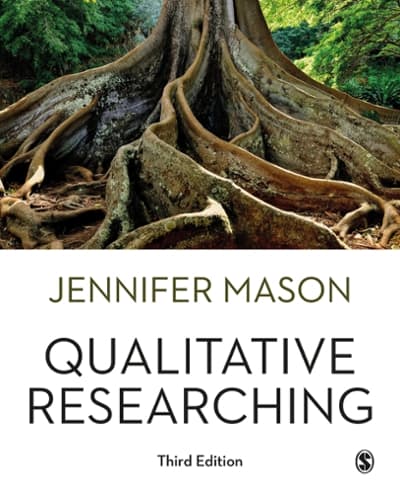Question
1.Miguel did not return for a second counseling session and his therapist was convinced that this was caused by his inadequate performance as a helper
1.Miguel did not return for a second counseling session and his therapist was convinced that this was caused by his inadequate performance as a helper during the initial session. The therapist is engaging in
a. dichotomous thinking
b. personalization
c. minimization
d. overgeneralization
2. "Dissociation, denial, and/or avoidance of acknowledging emotions "
a. "may be a part of emotional dysregulation, which can occur in crisis situations."
b. always occur after a crisis.
c. only occur if an individual has a personality disorder.
d. "rarely ever occur in real crises, and are only depicted in movies and television shows to dramatize the storyline."
3. Through their struggle, some individuals find inner strengths and resources they barely knew they possessed. This is referred to in the text as"
a. a distortion of reality.
b. posttraumatic growth.
c. false optimism.
d. transformational psychology.
4. "According to Dweck s theory, those stuck in a ____________________don t believe they can learn more and don t strive to accomplish more."
a. growth mindset
b. fixed mindset
c. gloom cycle
d. psychotic episode
5. The task of helpers who offer psychological first aid is to
a. uncover the unconscious determinants of their disturbed behavior.
b. generate long-term solutions to their problems.
c. help individuals tap any resources available to them to restore a sense of equilibrium.
d. provide medical treatment to individuals experiencing a crisis.
6. A community orientation encourages designing interventions that
a. require client participation at least twice a week.
b. go beyond the office and into the community.
c. require clients to come to the community mental health center for all services and programs.
d. require less training and expertise than traditional helping approaches.
7. Community workers advocate for services for people
a. who have been well treated by society overall.
b. who can afford to pay for them.
c. of all ages and backgrounds and with all types and degrees of problems.
d. "who are chronically mentally ill, but not for those who are experiencing less severe problems."
Step by Step Solution
There are 3 Steps involved in it
Step: 1

Get Instant Access to Expert-Tailored Solutions
See step-by-step solutions with expert insights and AI powered tools for academic success
Step: 2

Step: 3

Ace Your Homework with AI
Get the answers you need in no time with our AI-driven, step-by-step assistance
Get Started


